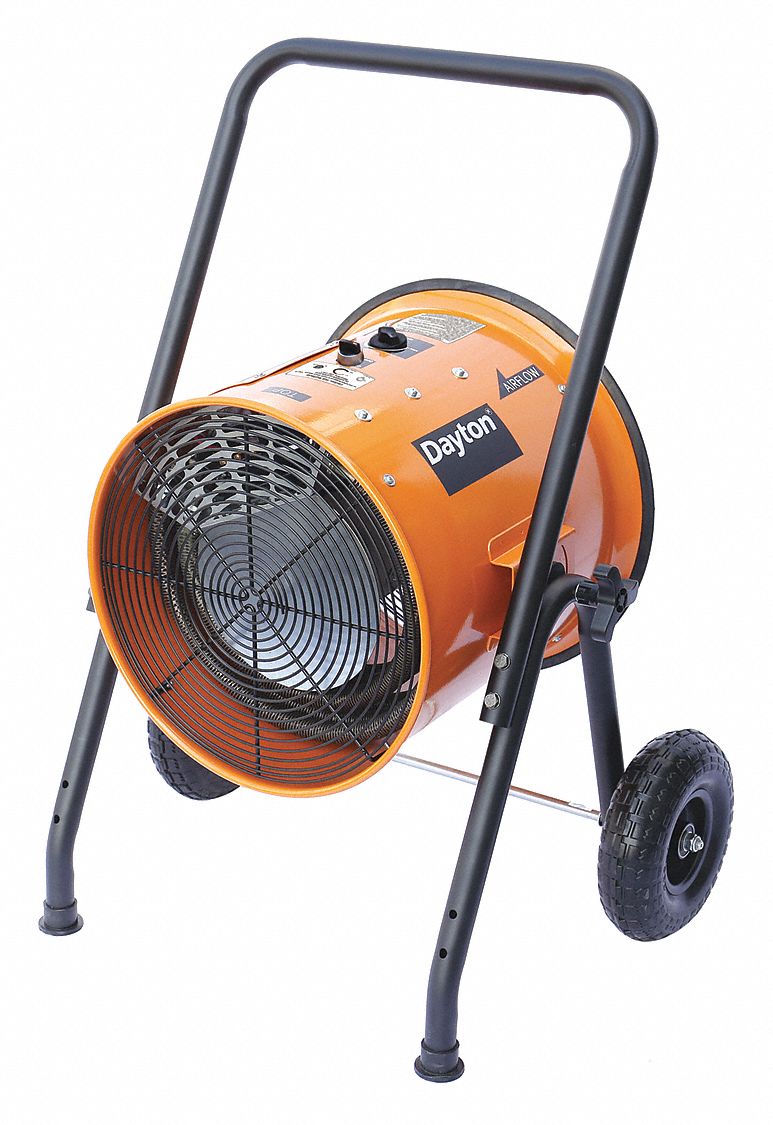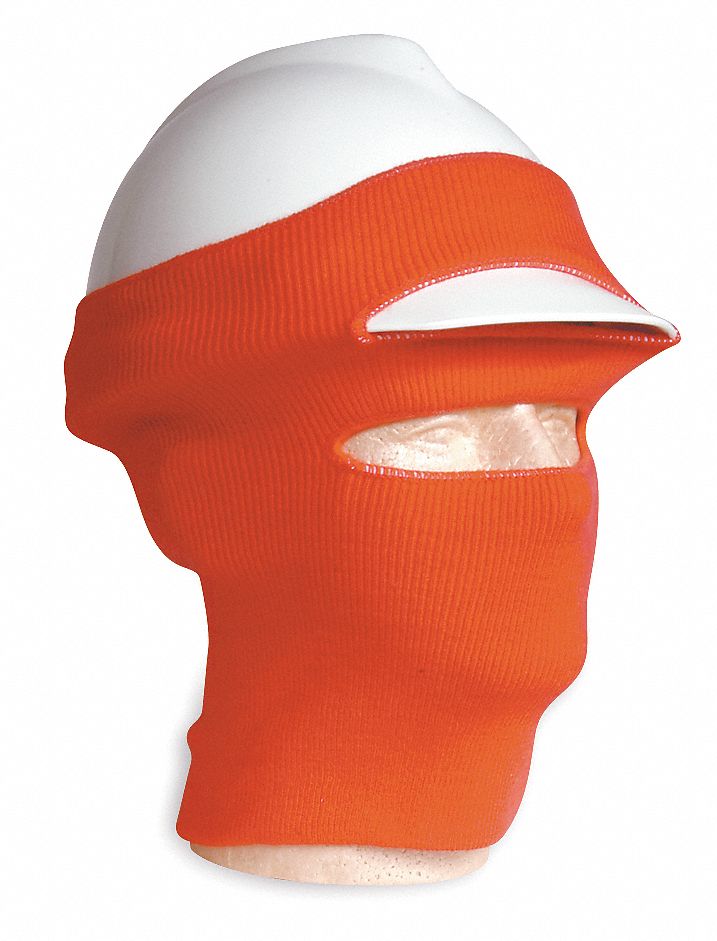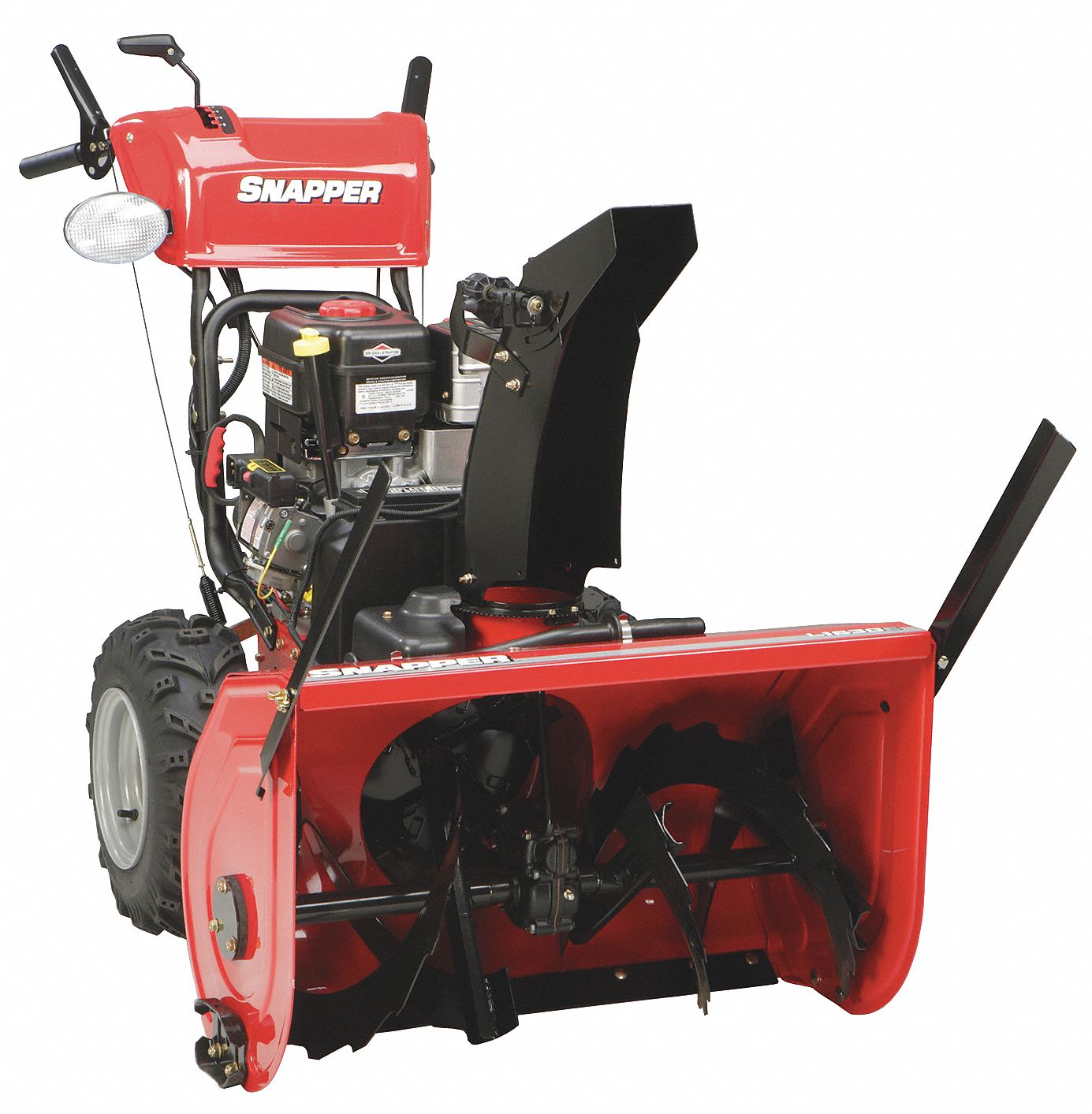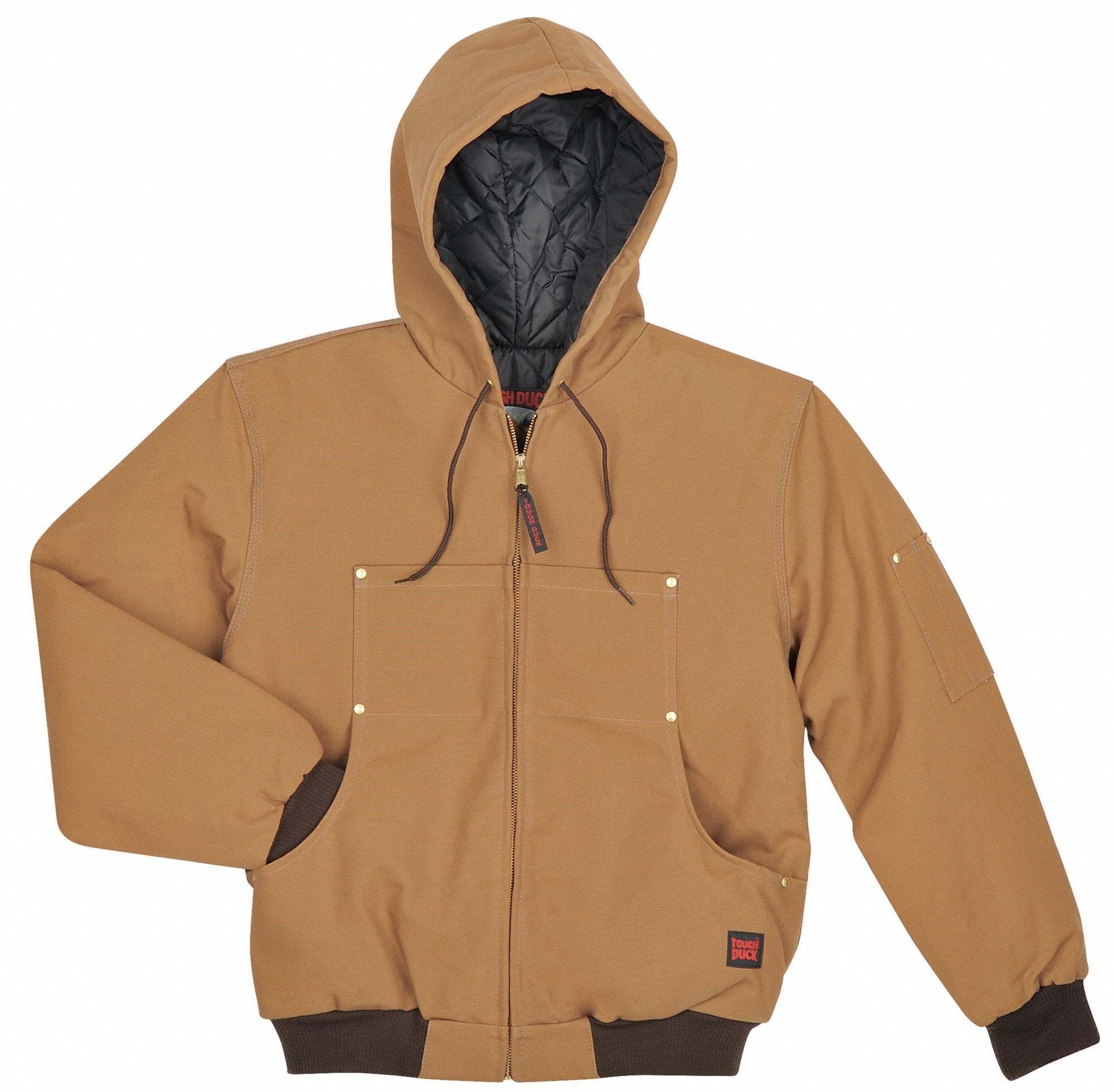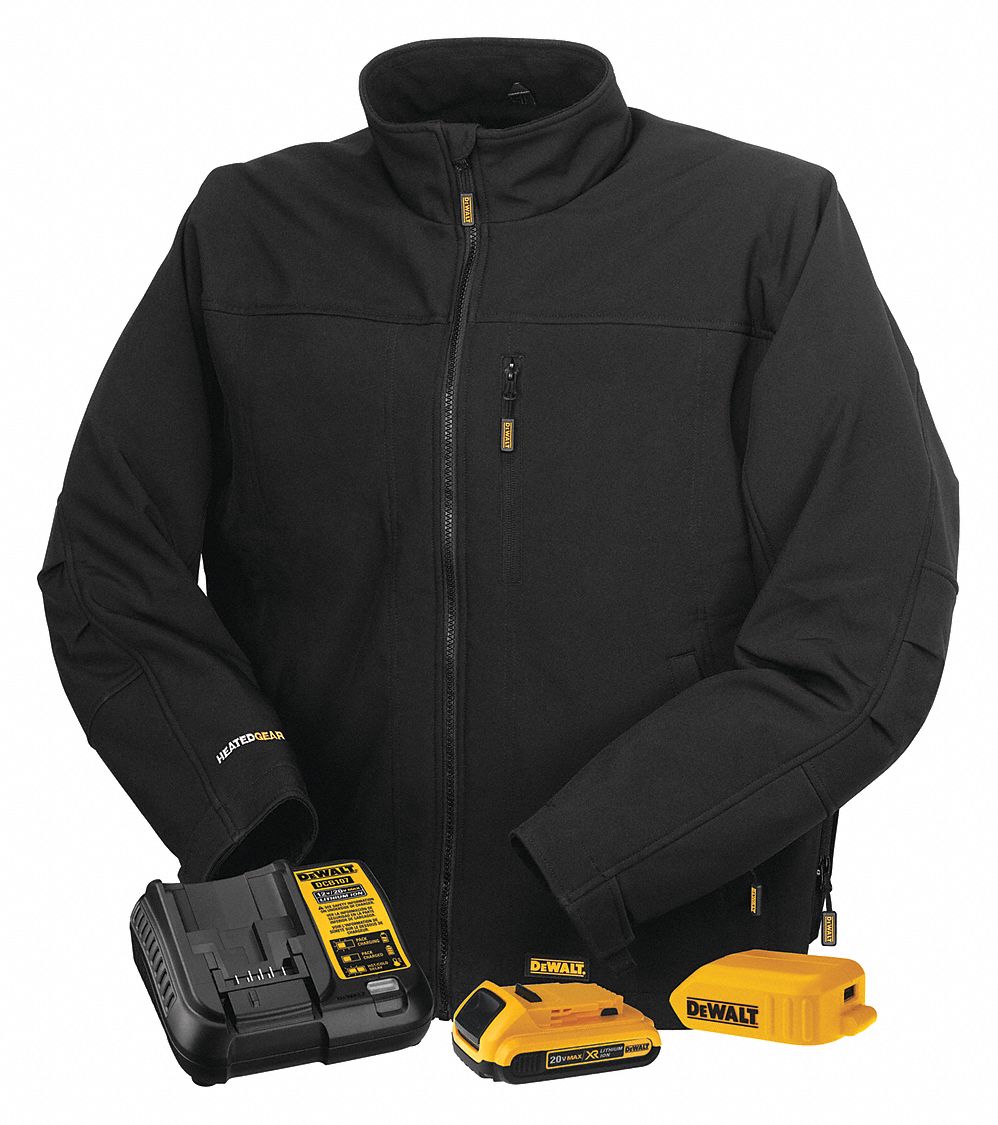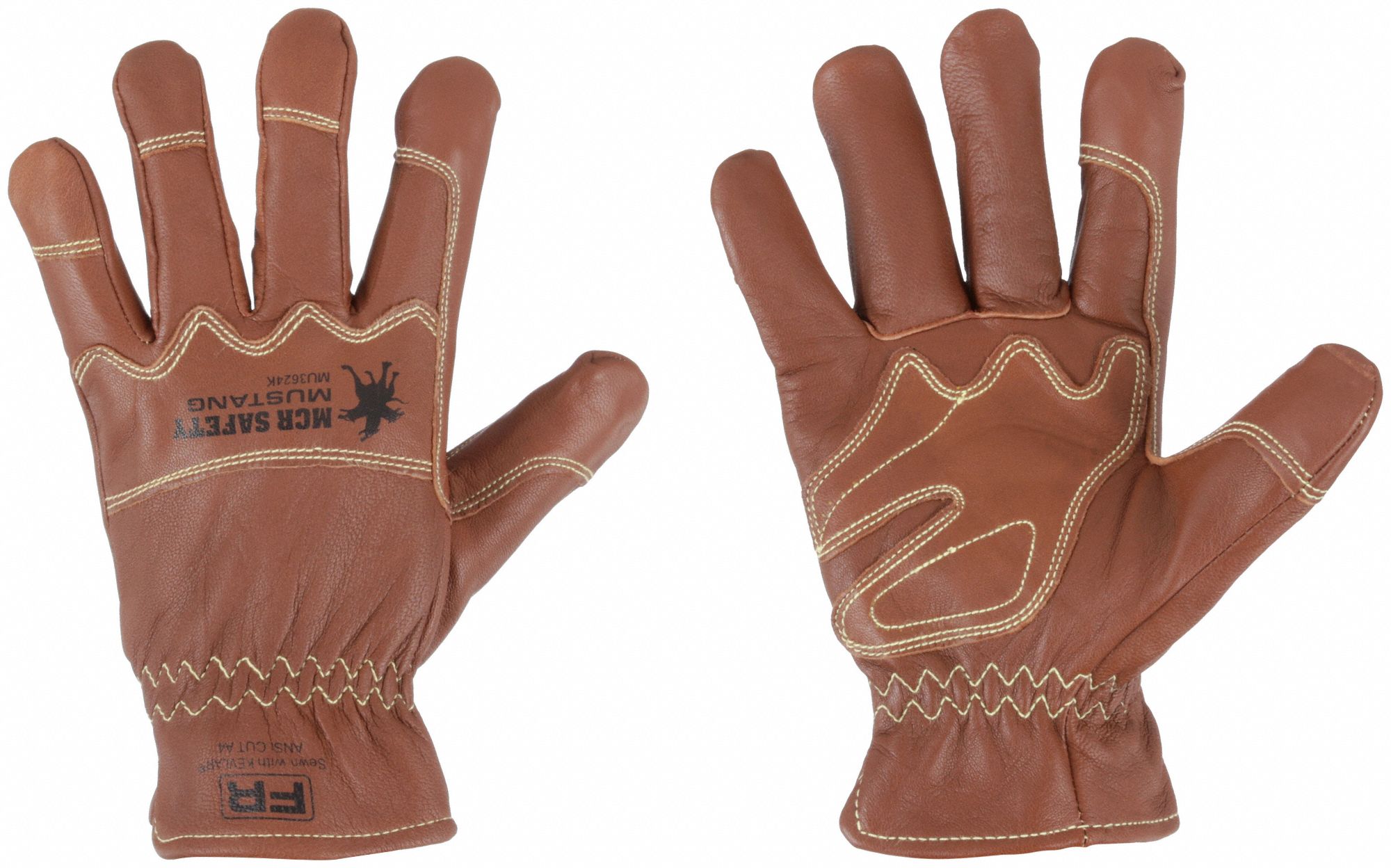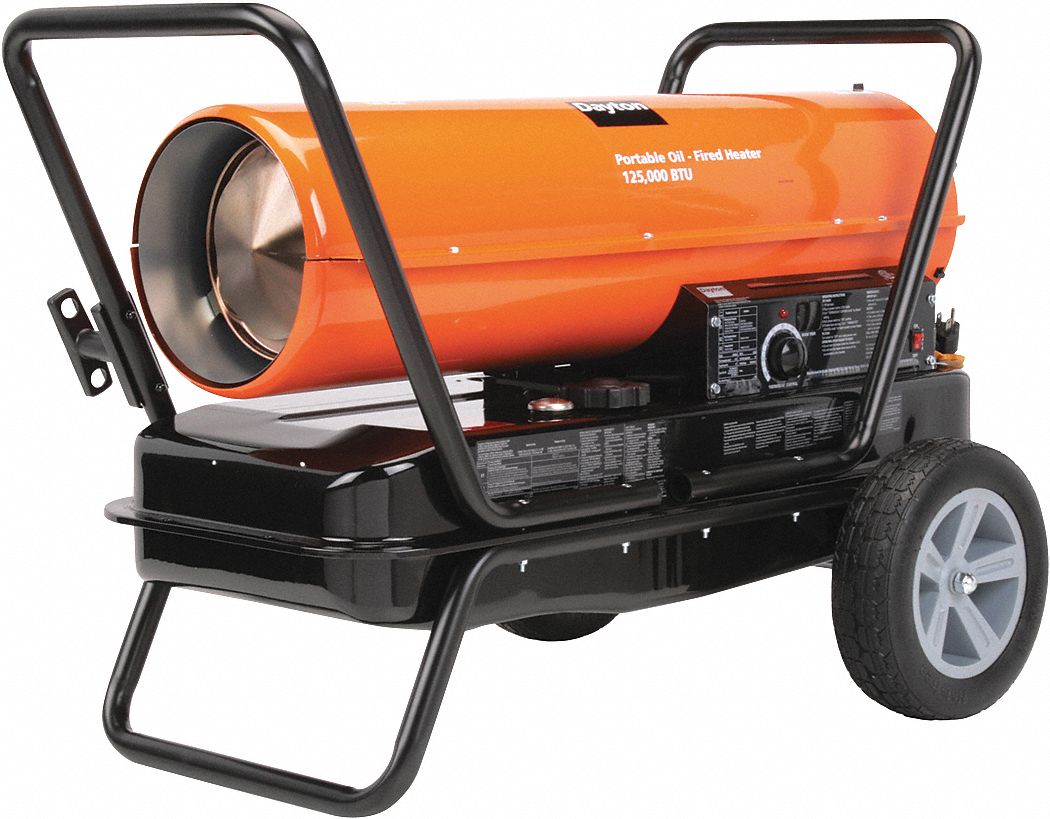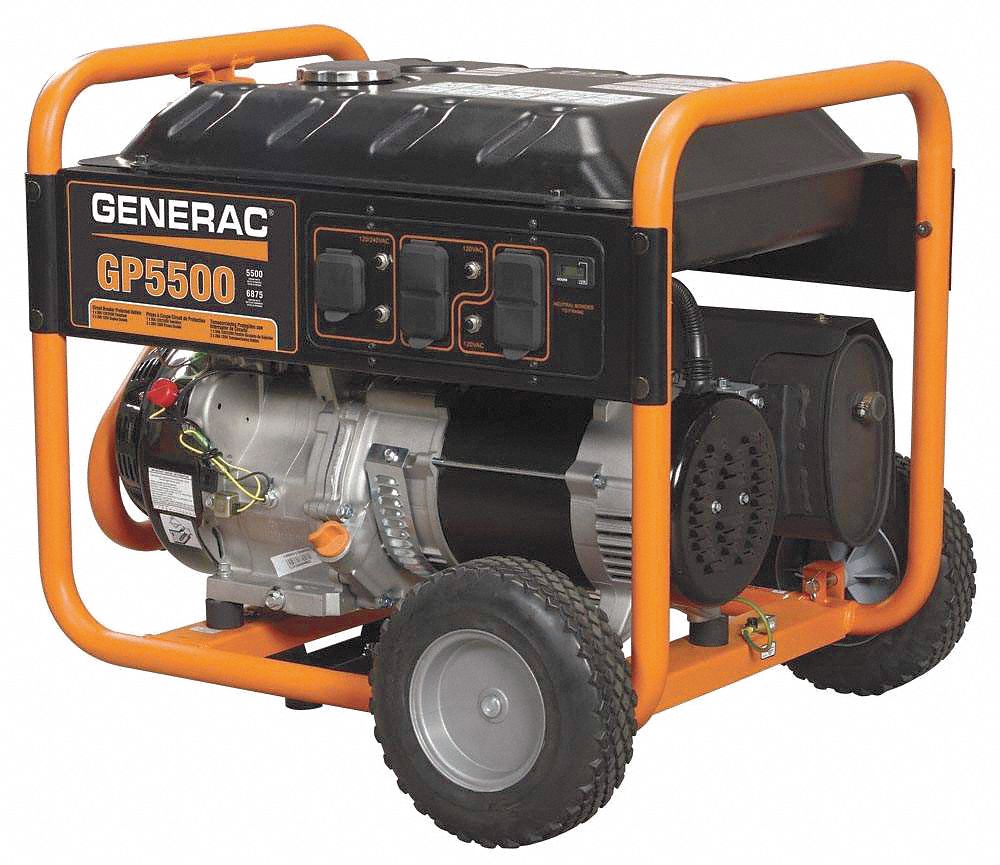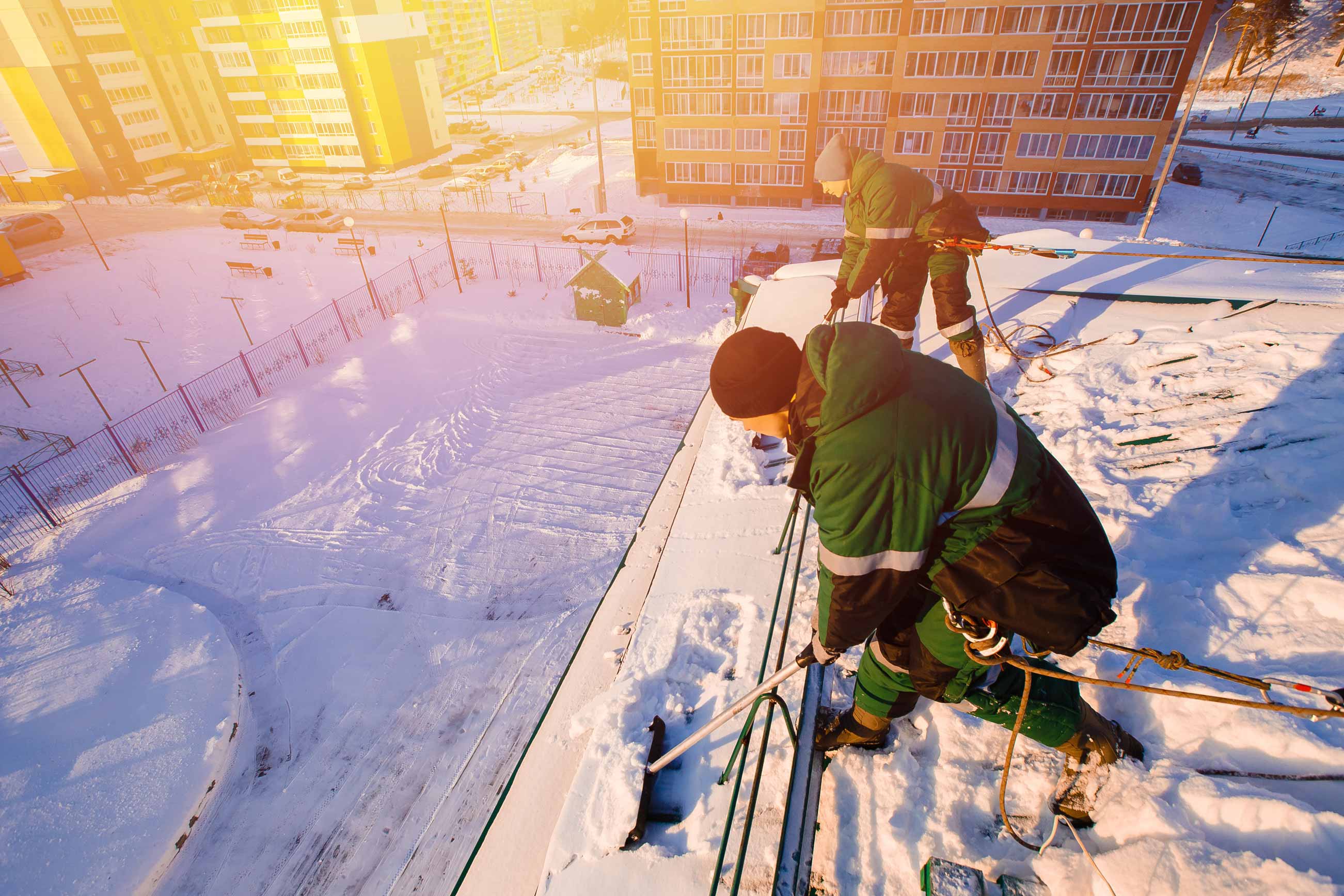

How to Respond to a Winter Storm
By Grainger Editorial Staff 2/3/21


In addition to extreme cold and snow, winter storms can bring damaging winds that knock over trees and power lines, as well as ice that can build up on surfaces. In the aftermath of a winter storm, your business may not be operating as it should so responding quickly can positively affect the safety of your employees and facility.
When responding to a winter storm, make sure your employees have the right cold-weather gear and the necessary equipment to clean up debris and make repairs once the storm ends.
Protecting Employees
Cold-weather gear. Proper cold-weather gear such as coats, hats and gloves help protect workers from exposure to cold and snow and cold-related injuries such as frostbite and hypothermia. Clothing should be appropriately rated for the temperature outside, and should be both waterproof and insulated. Employees also require proper winter footwear, including waterproof and insulated boots with good traction on snow and ice.
Slip, trip and fall prevention. Winter storms can increase the chances of slips, trips and falls when employees are doing tasks such as pruning downed trees or clearing snow from a roof. Protect your employees from slips, trips and falls with proper footwear and proper snow removal equipment. If possible, remain on the ground and use a snow roof rake to remove snow from the roof. If the roof has to be accessed to remove the snow, ensure your workers wear proper fall protection equipment. Inside the facility, ice snow and mud can create slip, trip and fall hazards near entryways and common areas. Maintaining floors in clean, dry condition by using the right cleaning supplies can help reduce the number of slip, trip and falls in these areas. Proper mat placement can also help prevent slips and falls by limiting the spread of mud and snow indoors as employees enter and exit the facility.
Vehicle safety. After a winter storm, extra precautions should be taken to protect employees across the facility from moving vehicles. According to the Occupational Safety and Health Administration (OSHA), heavy snow and ice can make it dangerous to be close to moving vehicles, as drivers may accidentally lose control or slide. Use traffic safety equipment such as cones, signs and portable traffic barriers to help protect employees on the job as they clean up after the storm. Reflective vests and gear also make workers more visible to drivers.
Hazard identification. According to EHSToday, signage and floor marking can help identify hazardous areas prone to slips trips and falls due to ice and snow accumulation, helping employees to avoid these areas and potential injuries. The use of anti-slip treads is also suggested. Temporary lighting—powered by generators—can help reduce accidents by keeping areas of the facility well lit even when power is lost.
Protecting the Facility
Debris removal. According to OSHA, tree and downed power line removals are important response steps after a storm, but can also be extremely dangerous. Employees should be properly trained to work around power lines or power equipment before attempting to remove downed lines and debris, and should be ready for risks such as fires, electrocution or slips, trips and falls. If trained employees with the right safety equipment are onsite, pruning equipment and chainsaws can help remove debris and get the facility back online.
Snow removal. Snow removal equipment, including snow shovels and snowblowers, helps keep walkways and roads around the facility clear. Salt or other ice melters can also reduce ice buildup on facility walkways and stairs. Placing mats indoors to reduce pooling snow and water can help prevent slips, trips and falls as employees enter and exit the facility.
Pipe repairs. Ice and wind can lead to frozen pipes that can burst and flood the facility, causing damage to equipment that may need rapid repair. According to Consumer Reports, keeping the facility above 55 degrees Fahrenheit in the winter can help prevent frozen pipes. Equipment such as space heaters or heating pads can help keep pipes warm without the need to heat the entire facility. In the event of a burst pipe, standard plumbing supplies, such as wrenches and sections of pipe, can help with rapid repair.
Emergency power. Generators provide backup power if electricity is lost during a storm. Ensure that the amount of power they provide meets the power demands of the equipment you plan to bring back online after the storm. According to the Centers for Disease Control and Prevention (CDC), gas generators emit toxic carbon monoxide that can build up in your facility and should only be used outdoors at least 20 feet from a building, and never in a confined space. Safely storing extra fuel and extension cords before the storm can make it easier to get equipment back online.
Learn more about how to prepare for a winter storm.
![]()
The information contained in this article is intended for general information purposes only and is based on information available as of the initial date of publication. No representation is made that the information or references are complete or remain current. This article is not a substitute for review of current applicable government regulations, industry standards, or other standards specific to your business and/or activities and should not be construed as legal advice or opinion. Readers with specific questions should refer to the applicable standards or consult with an attorney.

